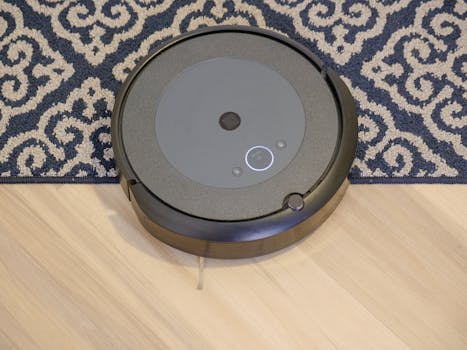
Smart Homes and Smart Living: The Technological Transformation of European Homes by 2025
Smart Homes and Smart Living are revolutionizing the way we live, work, and interact with our surroundings. By 2025, European homes are expected to undergo a significant technological transformation, with the integration of innovative solutions and devices that will make our lives easier, more convenient, and more sustainable.
Introduction to Smart Homes and Smart Living
Smart homes and smart living refer to the use of advanced technologies, such as artificial intelligence, Internet of Things (IoT), and data analytics, to create a more comfortable, efficient, and secure living environment. This concept has been gaining popularity in recent years, with many European countries investing heavily in the development and implementation of smart home solutions.
Benefits of Smart Homes and Smart Living
The benefits of smart homes and smart living are numerous. Some of the most significant advantages include:
- Energy efficiency: Smart homes can optimize energy consumption, reducing waste and saving homeowners money on their utility bills.
- Increased security: Smart home systems can detect and respond to potential security threats, providing homeowners with an added layer of protection.
- Improved comfort: Smart homes can learn and adapt to a homeowner’s preferences, adjusting temperature, lighting, and other settings to create a more comfortable living environment.
- Enhanced convenience: Smart homes can integrate with various devices and systems, allowing homeowners to control their living environment with ease.
Technological Advancements in Smart Homes and Smart Living
Several technological advancements are driving the growth of smart homes and smart living in Europe. Some of the most significant developments include:
- Artificial intelligence (AI): AI is being used to create more intelligent and intuitive smart home systems, capable of learning and adapting to a homeowner’s preferences.
- Internet of Things (IoT): The IoT is enabling the connection of various devices and systems, creating a more integrated and seamless smart home experience.
- Data analytics: Data analytics is being used to optimize smart home performance, providing homeowners with valuable insights and recommendations.
European Smart Home Market Trends
The European smart home market is expected to experience significant growth in the coming years, driven by increasing demand for smart home solutions and technological advancements. Some of the key trends shaping the European smart home market include:
- Increased adoption of smart speakers and voice assistants.
- Growing demand for energy-efficient and sustainable smart home solutions.
- Expanding use of AI and machine learning in smart home systems.
Conclusion
Smart homes and smart living are transforming the European home, providing homeowners with a more comfortable, efficient, and secure living environment. With the integration of innovative technologies and solutions, European homes are expected to undergo a significant technological transformation by 2025, creating new opportunities for growth, innovation, and sustainability.





